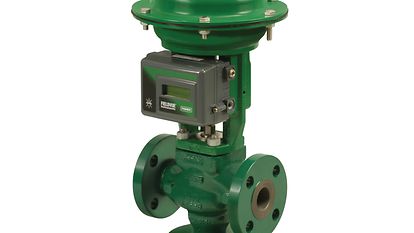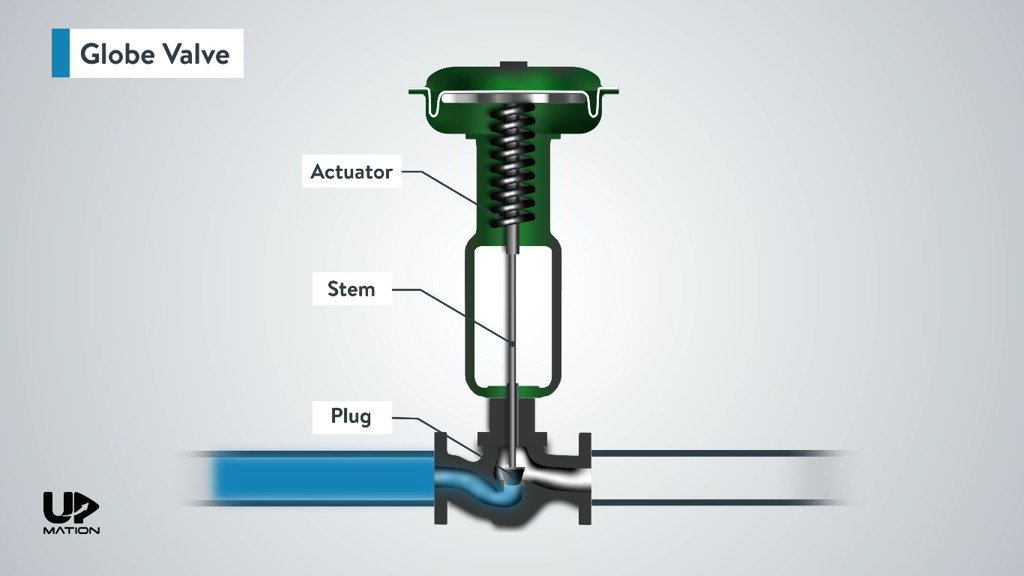Selecting the Right Control Valves: An Overview to Optimum System Efficiency
Selecting the Right Control Valves: An Overview to Optimum System Efficiency
Blog Article

Maximize Power Savings and Convenience With Advanced Structure Automation Controls
In the world of modern design and center management, the assimilation of sophisticated structure automation controls stands as an essential advancement. By using the power of automation, buildings can adapt, react, and evolve in ways that were when inconceivable.
Power Performance Benefits
Energy effectiveness benefits can substantially lower power consumption and operational expenses in structures. By applying energy-efficient methods and innovations, building proprietors and drivers can accomplish significant savings while additionally adding to ecological sustainability. Among the main benefits of boosting power performance in structures is the reduction of energy costs. Energy-efficient systems, such as advanced building automation controls, can optimize the use of sources like cooling, illumination, and home heating, causing reduced energy costs gradually.
Additionally, boosted power effectiveness can prolong the life-span of building equipment and systems. By running a lot more effectively, cooling and heating systems, lighting fixture, and other building parts experience much less deterioration, causing lowered maintenance and substitute expenses. Additionally, energy-efficient structures commonly command greater property values and rental prices, offering lasting monetary advantages to proprietors.
In addition, energy performance can enhance passenger comfort and efficiency. Properly controlled interior atmospheres with optimum illumination and thermal problems produce an even more conducive and pleasant work area, leading to enhanced staff member satisfaction and efficiency. Overall, the energy effectiveness advantages related to innovative building automation controls are diverse, incorporating cost savings, ecological stewardship, and occupant wellness.
Improved Convenience Control
Enhancing convenience control in building environments needs a sophisticated assimilation of innovative automation systems for optimum owner wellness. By utilizing innovative structure automation controls, facilities can tailor the indoor setting to satisfy the particular demands and choices of passengers. control valves.
By incorporating these sophisticated controls, structures can not only improve convenience but likewise improve energy effectiveness by optimizing system operations based on real tenancy and usage patterns. Ultimately, focusing on resident convenience through sophisticated automation systems leads to an extra enjoyable and much healthier indoor atmosphere.
Functional Efficiency Improvements

Furthermore, the execution of real-time monitoring and analytics devices makes it possible for building drivers to determine power inefficiencies and functional abnormalities quickly. By constantly keeping track of power use patterns and system efficiency metrics, modifications can be made in real-time to enhance power usage and ensure peak operational efficiency. control valves. Furthermore, including demand reaction learn this here now methods right into building automation controls can additionally boost operational efficiency by dynamically changing power use based on grid conditions and prices signals
Indoor Environment Optimization
Reliable interior climate optimization is an essential element of structure automation controls, guaranteeing passengers' convenience and health while taking full advantage of power cost savings. By using innovative sensing units and controls, constructing automation systems can continuously change and keep an eye on temperature level, he has a good point humidity levels, air high quality, and ventilation to develop an optimum indoor environment. Preserving comfy and regular conditions not only enhances owner complete satisfaction but also increases productivity and general wellness.
Indoor climate optimization also plays an important function in energy performance. By fine-tuning home heating, cooling, and air flow systems based upon real-time data and tenancy patterns, constructing automation controls can significantly lower energy consumption - control valves. For example, carrying out methods such as demand-controlled ventilation and thermal zoning can help lessen energy waste while ensuring that each location of the building receives the essential conditioning.

Sustainable Atmosphere Creation
Building automation manages not just enhance indoor environment problems for power performance and owner convenience however likewise lay the foundation for creating a sustainable setting with critical monitoring of systems and resources. By integrating innovative structure automation innovations, such as sensing units, actuators, and intelligent software, facilities can change and keep track of energy use in real-time you can try these out to reduce waste and minimize their carbon footprint. These systems make it possible for predictive maintenance, identifying possible issues prior to they intensify and optimizing equipment efficiency to improve longevity and performance.
Furthermore, lasting atmosphere development expands beyond power administration to encompass water preservation, waste reduction, and interior air high quality renovation. Building automation controls can manage water usage, discover leaks, and make certain appropriate garbage disposal methods, contributing to general sustainability efforts. Additionally, by controlling and checking ventilation and filtration systems, these technologies improve owner health and wellness and performance while decreasing power usage related to a/c operations.
Final Thought
Finally, progressed building automation controls offer substantial benefits in terms of energy financial savings, convenience control, operational effectiveness, interior climate optimization, and creating a lasting setting. By executing these controls, buildings can attain ideal efficiency while lowering energy intake and boosting occupant comfort. It is obvious that the usage of innovative automation innovation is crucial in enhancing building performance and producing an extra sustainable future.
Power performance benefits can substantially minimize power consumption and functional prices in structures. On the whole, the power efficiency benefits associated with innovative structure automation controls are complex, incorporating price financial savings, ecological stewardship, and resident wellness.
Additionally, including need action strategies right into structure automation controls can even more enhance functional effectiveness by dynamically changing energy use based on grid problems and prices signals.
Building automation regulates not just optimize interior environment problems for power effectiveness and passenger convenience but likewise lay the foundation for developing a sustainable environment with critical administration of systems and sources.In conclusion, progressed building automation controls deal considerable advantages in terms of energy financial savings, comfort control, functional performance, indoor environment optimization, and creating a lasting environment.
Report this page